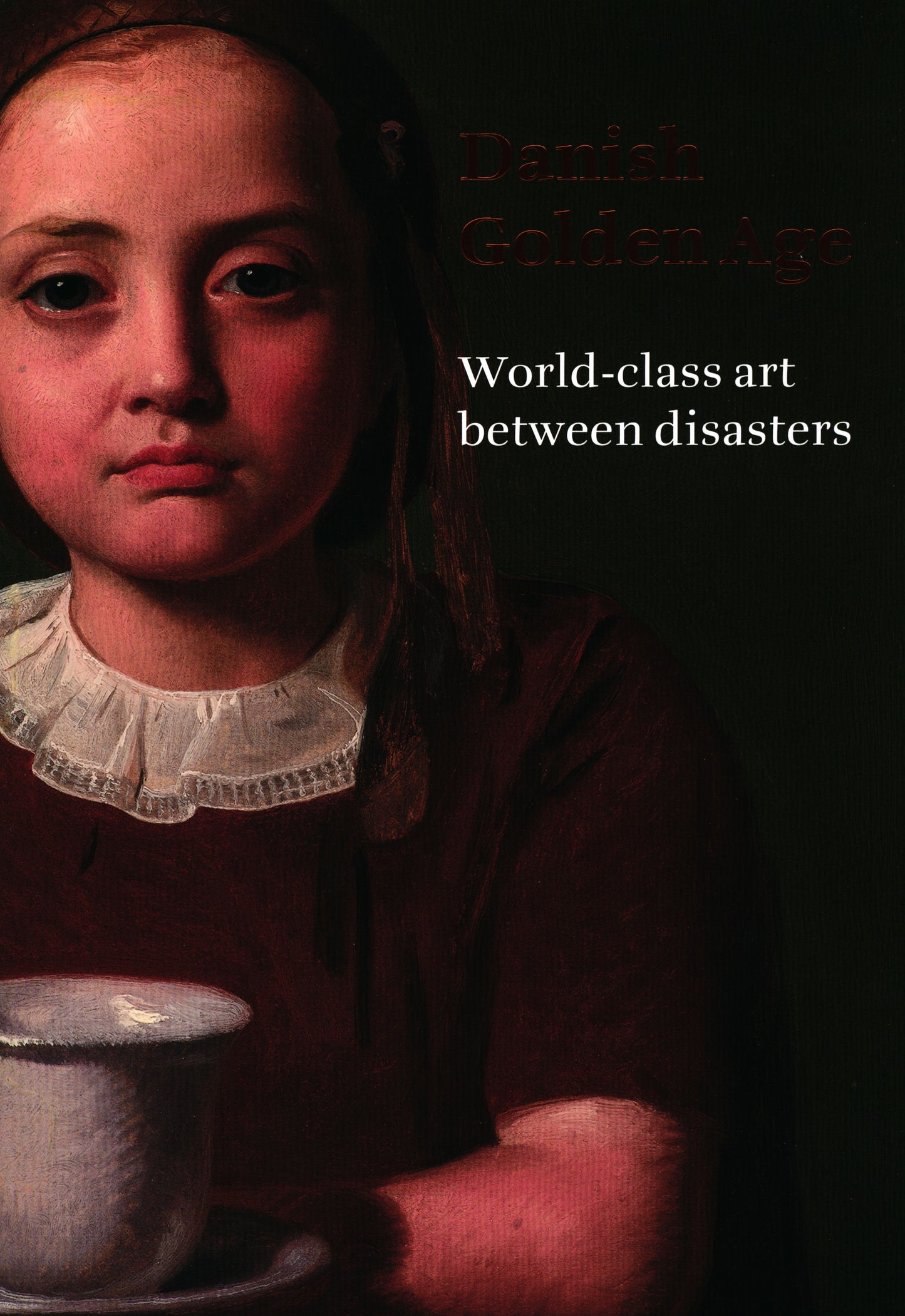SMK Forlag
Danish Golden Age
Danish Golden Age
World-class art between disasters
Normalpris
399,00 DKK
Normalpris
Udsalgspris
399,00 DKK
Stykpris
pr.
Inklusive skat.
Tilgængelighed for afhentning kunne ikke indlæses
Detaljer
Detaljer
Forfatter: Kasper Monrad, Peter Nørgaard Larsen, Magnus Olausson, Karina Lykke Grand, Anna Schram Vejlby, David Burmeister, Jesper Svenningsen, Troels Filtenborg, Gry Hedin, Carl-Johan Olsson, Martin Olin, Henrik Holm, Gertrud Oelsner
Format: Indbundet
Sprog: Engelsk
ISBN: 9788775511785
Højde: 330 mm
Bredde: 230 mm
Antal sider: 336
Udgivelsesdato:
The catalogue was published in connection with the exhibition The Danish Golden Age World-Class Art Between Disasters at The National at National Museum Stockholm (28th February - 21st July 2019) and the National Gallery of Denmark (24th August - 8th December 2019). The catalogue includes 20 articles by prominent Swedish and Danish art historians, who present the most recent academic research on one of the most popular eras in Danish art history.
The research is supplemented with knowledge and insight gained in the editorial and curatorial process of both the book and the exhibition in Stockholm and Copenhagen. Thus, the book is introduced by a comprehensive overview article about the period by Karina Lykke Grand (University of Aarhus), which elaborates on the traditional, more idealised, narrative and the thematics that are typically presented in connection to the Danish Golden Age. Family life, citizenship, the Danish Art Academy, etc. are elaborated and challenged by various new readings and perspectives. How far the Danish Golden Age stretches is discussed, as well as, more undiscussed topics in art history, such as the female artists of the Danish Golden Age, colonialism the results of the new technical art history, the democratic revolution, nationalism versus internationalism, technology, Scandinavianism and Danish artists in Sweden. In addition, the catalogue focuses on the many artists who have been written out of the approved canon, not for lack of quality, but for reasons of realpolitik or identity politics. The catalogue, as well as the exhibition, has a chronological-spacial set up so that we follow the technical development and geographic movement between 1800 and 1860. This development can of course not be considered isolated, like art history has been inclined to do, but must be understood as closely interwoven with a wide range of societal conditions and changes.
The catalogue is richly illustrated with approximately 350 paintings and photographies


